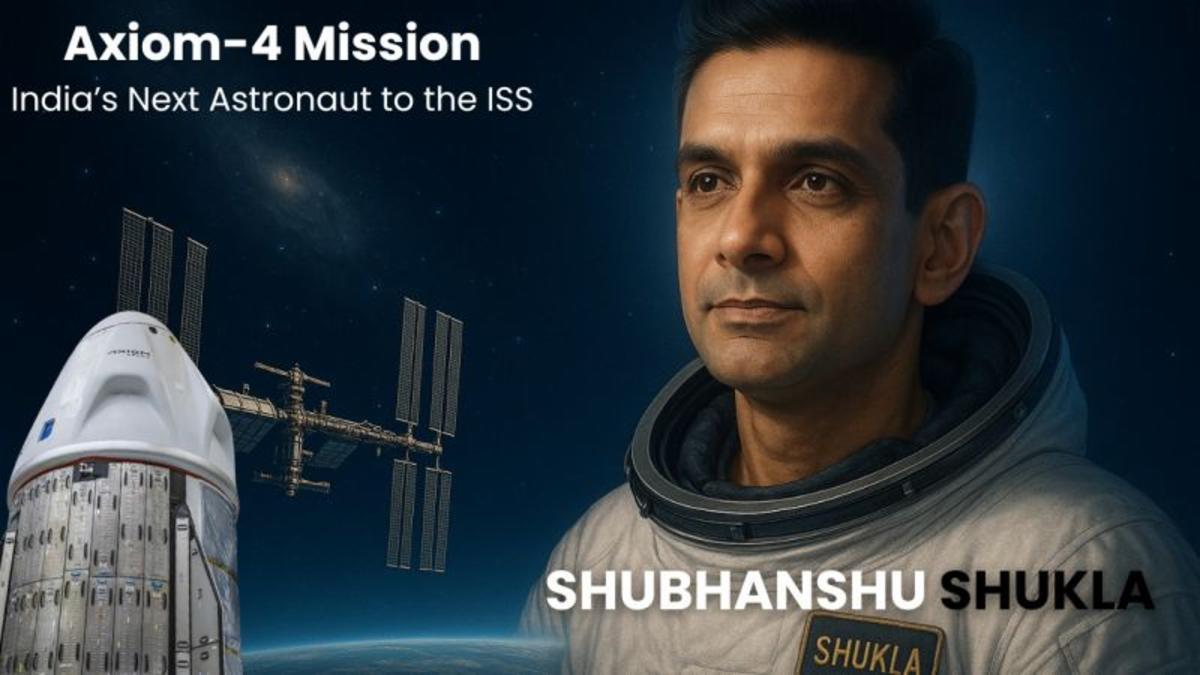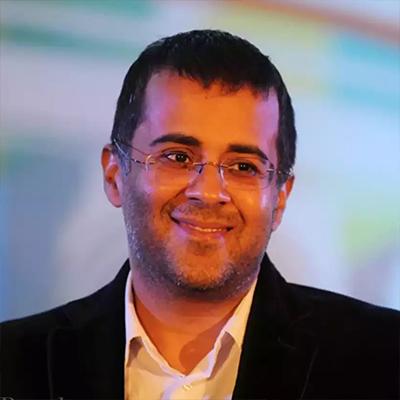Article Body
KENNEDY SPACE CENTER, FLORIDA — Forty-one years. That’s how long India waited for the next chapter in its human space odyssey. And today, that chapter begins—scripted in the black void above Earth, aboard the International Space Station (ISS), with the tricolour gently floating alongside the stars.
Shubhanshu Shukla, a decorated Group Captain of the Indian Air Force, has etched his name into the cosmos as the second Indian in history to journey beyond our atmosphere, and the first ever to reach the ISS.
A Nation’s Gaze Turns Skyward Once More
When Rakesh Sharma famously replied "Saare Jahan Se Achha" to then Prime Minister Indira Gandhi in 1984, he became not just an astronaut but a cultural icon. Yet for four decades, India’s presence in human spaceflight remained suspended in memory, more poetic than practical.
Until now.
At 12:01 PM IST on Wednesday, SpaceX’s Falcon 9 roared to life at the Kennedy Space Center, carrying aboard it four passengers of the Axiom-4 mission—among them, a son of Uttar Pradesh who dreamed of the stars. As the booster vanished into the Floridian sky, so too did the metaphorical weight of a nation’s long absence from the final frontier.
Meet the Crew: A Symbol of Global Unity
The Axiom-4 mission is more than a technological milestone; it is a celebration of global cooperation. Shukla’s crewmates include:
-
Peggy Whitson (USA): Former NASA astronaut and mission commander, holding the record for most cumulative days in space by an American.
-
Sławosz Uznański (Poland): An engineer representing Poland’s renewed space ambitions.
-
Tibor Kapu (Hungary): A space researcher rekindling Hungary’s legacy in orbital science.
Each astronaut carries the hopes of their homeland—and for India, this is nothing short of a renaissance in space diplomacy.
Tears, Cheers, and Tricolour Dreams in Lucknow
At City Montessori School in Lucknow, where Shukla once studied, the auditorium became a cathedral of emotion. As the live feed counted down to liftoff, students, teachers, and Shukla’s proud parents held hands. When Falcon 9 took flight, the crowd erupted—not in noise, but in reverent silence, punctuated by tears.
“This is not just about science,” said Asha Shukla, the astronaut’s mother. “It’s about belief—believing that a boy from a small school in Lucknow can one day touch the sky.”
A Message From the Stars
Just ten minutes after launch, the Dragon capsule—nicknamed Grace—entered low Earth orbit. Shukla’s voice, calm but full of conviction, crackled over ground control:
“Namaskar, mere pyaare deshvaasiyon. 41 saal baad, hum phir space mein hain.”
Hello, my beloved countrymen. After 41 years, we are in space again.
Donning a navy-blue flight suit embroidered with the Indian flag, Shukla added, “This journey is not mine alone—it belongs to every child who looked up at the stars and dared to dream.”
What’s Next: 14 Days of Science and Legacy
Shukla and his colleagues are scheduled to dock with the ISS by Thursday evening (IST), where they will spend 14 days conducting over 60 experiments, ranging from:
-
Microgravity’s impact on human muscle atrophy
-
New radiation shielding for deep space travel
-
Real-time Earth imaging for climate monitoring
-
AI-assisted diagnostics in isolated environments
Importantly, these experiments are designed not just for academia but for real-world applications—from remote medicine to advanced farming practices.
Food, Culture, and a Taste of Home
In a symbolic gesture, each astronaut brought flavors of their homeland to share aboard the ISS.
Shukla’s package? Dal makhani, basmati rice, and mango nectar—carefully vacuum-sealed and space-certified. “I want my crewmates to taste India,” he said. “It’s not just spice—it’s story, it’s memory.”
Why This Mission Matters
Beyond national pride and scientific inquiry, Axiom-4 signals a cultural shift. It reflects India’s changing posture in global space affairs—from a quiet observer to a confident participant.
Space policy analyst Dr. Meera Kulkarni explains:
“This isn’t just about one astronaut. It’s about creating a pipeline of opportunities. With Gaganyaan around the corner, India is positioning itself not just as a launch partner—but a launch leader.”
Contradictions in the Cosmos
Still, not all voices are celebratory.
Critics argue that the mission, conducted by a private US firm (Axiom Space) and funded in part by international sponsors, showcases India’s lag in developing indigenous capabilities.
“Shukla flew aboard an American rocket, not an Indian one,” said defense commentator Praveen Menon. “That distinction matters.”
But for most Indians, the nuance takes a backseat to the narrative: that of a boy from Lucknow who broke free from gravity, literally and figuratively.
A Sky Without Limits
As Shukla prepares for his two-week stay in orbit, millions of Indians watch with newfound awe—not just in him, but in themselves.
In the classrooms of Darbhanga, the fields of Punjab, the bylanes of Bengaluru, a quiet revolution brews. Children are asking questions again. About galaxies, about rockets, about purpose.
And that, perhaps, is the real payload of Axiom-4.
Final Thoughts: The Long Arc of Aspiration
Rakesh Sharma once floated in zero gravity and looked back at Earth with poetic clarity. Now, Shubhanshu Shukla follows—not as a repeat of history, but as a reawakening.
In a world fractured by war, heatwaves, and disinformation, a single rocket launch has united 1.4 billion hearts under the sky. Not because of where it launched from—but because of what it lifted: hope.


Comments